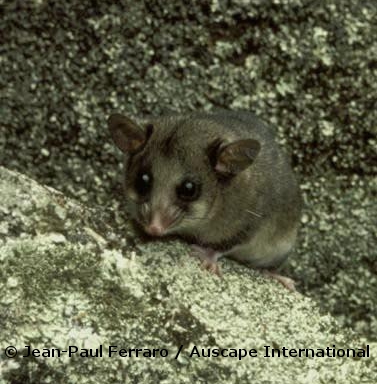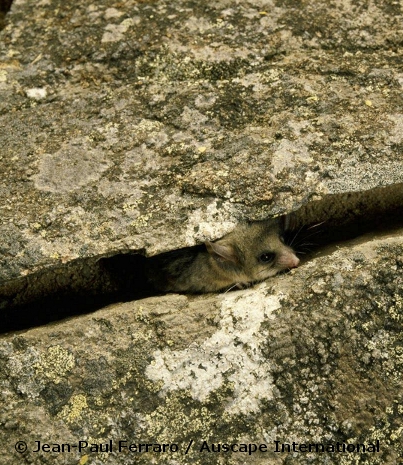
Despite been first describe in 1896 from fossils, the species was assumed to be extinct for several decades. In 1966 after several sighting at ski lodges a specimen was taken to a museum for identification. They discovered it was related to the fossil but did not believe the species could possibly live at such a high altitudes. Because people kept looking in the wrong place, at lower altitudes, no more specimens were found until 1970 when they realised that these animals indeed inhabit the rocky mountaintops.
Living at high altitude, the species hibernates under a blanket of snow during the winter months (May to September). During this time the animals live off fat reserves built up during the ‘active period’ Possums are nocturnal and during the ‘active season’, which runs from October to April, will feed primarily on the high energy Bogong moth (Agrotis infusa), which arrives in the Australian Alps in large numbers in the summer months. In the late summer and autumn, when there are fewer moths around, these pygmy-possums switch their diet to seeds and berries.

It is currently believed that there are fewer than 2,000 individuals left of this critically endangered species. The Mountain Pygmy Possum is restricted to three geographically isolated populations in south east Australia. The species’ habitat is being destroyed or fragmented by rock extraction for dam/aqueduct construction and the development of infrastructure for the downhill skiing industry. Furthermore, this species reliance on snow-fall for insulation during hibernation means its suitable habitat is decreasing as a result of global warming.
Find out how you can support EDGE save extraordinary species such as the mountain pygmy possum here.
